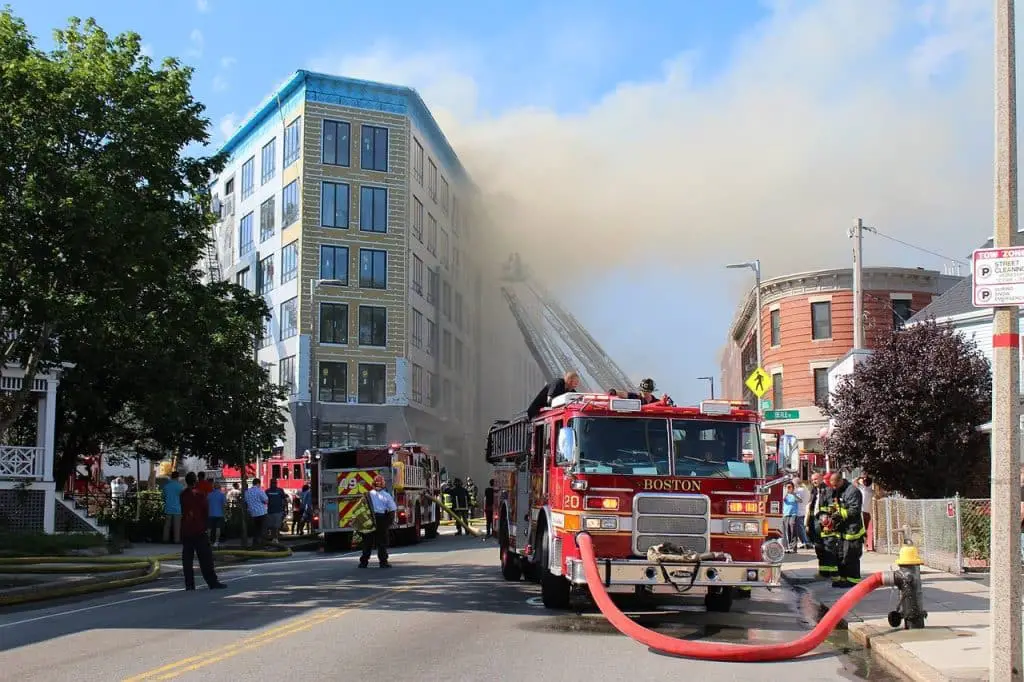When it comes to unraveling the intricate web of government service categorization, a burning question often emerges: under which government entity do the Police, Fire, and Emergency Medical Services typically find their home?
These core services are typically categorized inside local governments.
To dive into this inquiry, it’s crucial to recognize that the answer can vary based on the country or region in question.
Local Government’s Crucial Role
In many countries, the United States being a prime example, these indispensable services usually fall under the purview of local governments. Municipal or county-level authorities take center stage, bearing the responsibility of overseeing and financially supporting police departments, fire brigades, and emergency medical services. These localized government entities play a pivotal role in ensuring public safety and orchestrating responses to emergencies within their jurisdictions.
Different Types of Government Services
Overview of Government Services
Understanding government service categorization involves acknowledging that various services fall under the jurisdiction of diverse governmental bodies. One such category encompasses the vital services provided by the police, fire, and emergency medical services (EMS), all crucial players in ensuring public safety and well-being.
The police department shoulders the responsibility of maintaining law and order, enforcing laws, investigating crimes, and offering assistance during emergencies. Fire departments, on the other hand, focus on preventing and quelling fires while extending rescue services in accidents or natural disasters. Emergency medical services revolve around providing immediate medical care in urgent situations, often responding to life-threatening scenarios.
Importance of Categorizing Government Services
Categorizing government services isn’t just a bureaucratic exercise; it serves several crucial purposes. Firstly, it facilitates the effective allocation of resources based on specific needs. By classifying services, authorities can prioritize funding and support, identifying areas demanding additional resources or improvement.
Secondly, categorization streamlines coordination among related agencies within a government structure. Grouping police, fire, and EMS under one umbrella category ensures seamless collaboration during crises. This organized approach enhances communication and cooperation among various entities involved in emergency management.
Understanding the Categorization Process
When it comes to categorizing government services, the police department plays a pivotal role. The process involves determining the branch or level of government under which the police department falls. In most cases, the police department finds its place within the local or municipal government.
The categorization process considers factors such as jurisdiction, funding, and administrative structure. Local governments, responsible for maintaining law and order within their jurisdictions, naturally become the home for police departments. This setup fosters effective coordination between law enforcement agencies and local communities.
Roles and Responsibilities of the Police Department
The police department bears significant responsibilities in ensuring public safety and upholding the law. Their primary role encompasses maintaining peace, preventing crime, investigating criminal activities, and apprehending offenders. In addition, they enforce traffic regulations, provide assistance during emergencies, and spearhead community-oriented policing initiatives.
Police officers, acting as first responders in emergencies, collaborate closely with other emergency service providers like fire departments and medical services. This collaboration ensures a coordinated response during critical incidents that demand multi-agency involvement.
Factors Influencing Service Categorization
Several factors influence how the police department is categorized within government structures:
- Geographical Jurisdiction: The size of an area determines whether a police department falls under local or state jurisdiction.
- Population Density: Higher population densities often lead to larger police departments to meet increased demands for law enforcement services.
- Funding: Financial resources play a vital role in determining the categorization of police departments within government structures.
- Administrative Structure: The organizational framework of a region impacts how its police department is classified.
By taking these factors into account, governments can make informed decisions on categorizing their respective police departments for optimal functionality and efficiency.

